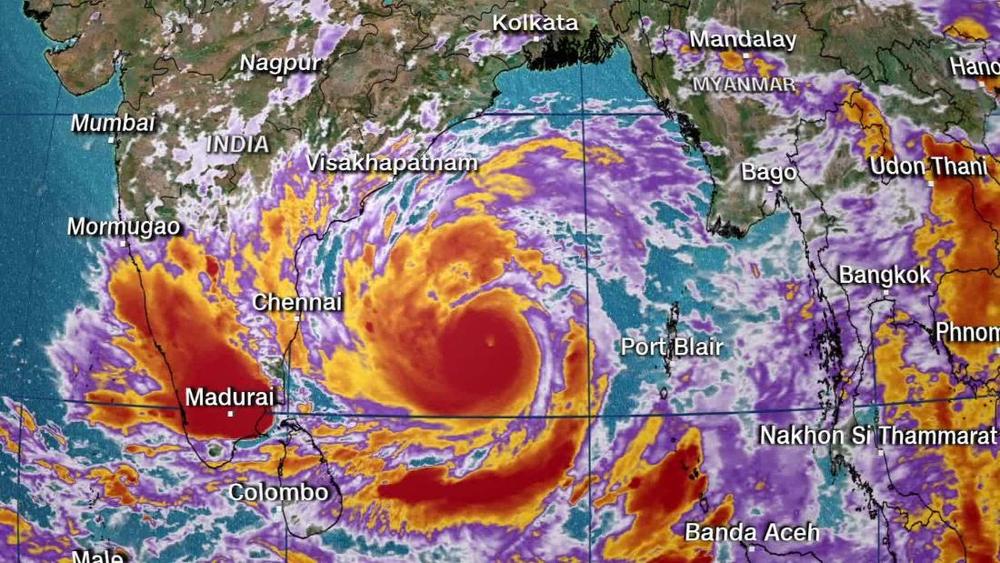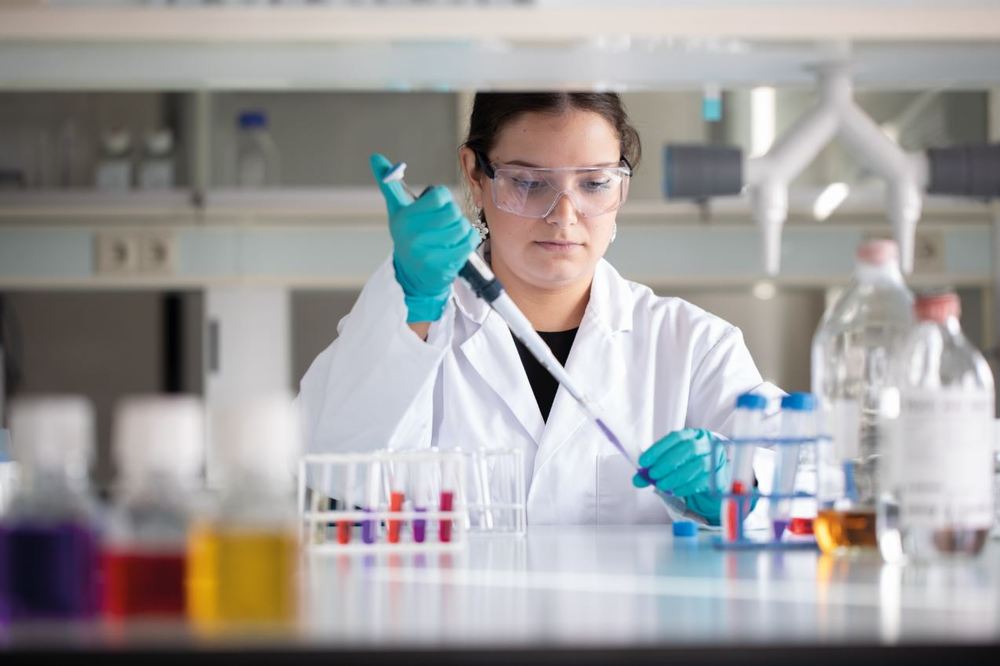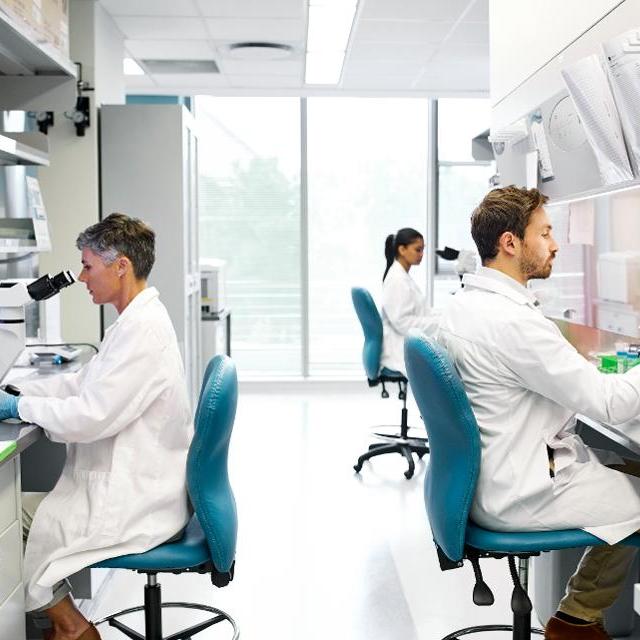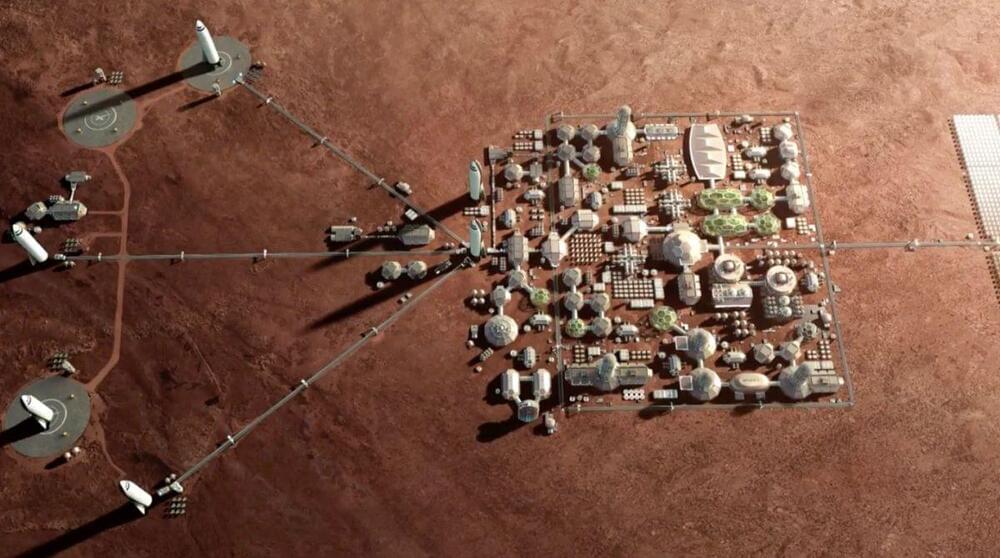May 19, 2020
India and Bangladesh brace for the strongest storm ever recorded in the Bay of Bengal
Posted by Quinn Sena in categories: biotech/medical, climatology
Millions of people in India and Bangladesh are in the path of a cyclone which is due to make landfall in less than 36 hours, bringing damaging winds and heavy rain to a region already struggling with the coronavirus pandemic.
Super Cyclone Amphan became the strongest storm ever recorded in the Bay of Bengal on Monday night, after intensifying with sustained wind speeds of up to 270 kilometers per hour (165 miles per hours), according to data from the US Joint Typhoon Warning Center.
Amphan has weakened slightly since, but the storm is still the equivalent of a Category 3 Atlantic hurricane, with winds speeds up to 185 kph (115 mph).
















